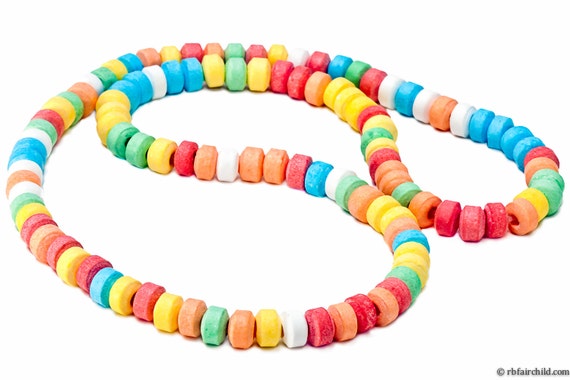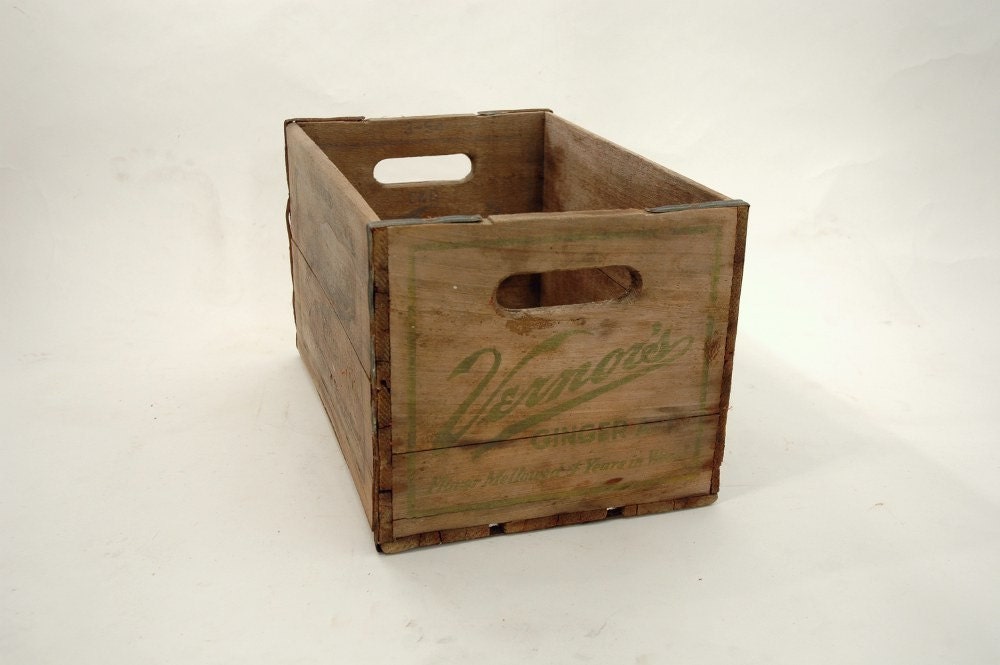When we were kids, we had corner stores that sold penny
candy.
People who have only known 7-11s and Mac’s Milk stores can
hardly imagine what our corner grocery stores were like.
Every neighbourhood in the old inner city of Windsor had a
store. When I lived at 1115 Bruce Ave., I could walk 20 minutes north to
Wyandotte or the same distance south to Tecumseh Road, and never be more than
two or three blocks from a little store. People called them “corner stores,”
although they weren’t always on a corner. Prier’s Market, at Erie and Church,
and an IGA on Bruce by St. Clare School, were actually built to be stores. Most
were just the converted living room of a basic house, but they all had penny
candy.
Today they are all back to being just houses again.
 I worked Grades 9, 10 and 11 at Clark’s Market, which was
the front room of a little house on Grove between Dougall and Church. A few
times every day, a couple of little kids would come in all by themselves. Some
would hardly be tall enough to reach up and put their few pennies on the
counter. Perhaps they had found three or four pop bottles, which they could
turn in for the deposit: 2¢ each for 10 oz. bottles, 5¢ for a large bottle.
Either I or Mr. Clark would open a small paper bag and the ritual would begin.
I worked Grades 9, 10 and 11 at Clark’s Market, which was
the front room of a little house on Grove between Dougall and Church. A few
times every day, a couple of little kids would come in all by themselves. Some
would hardly be tall enough to reach up and put their few pennies on the
counter. Perhaps they had found three or four pop bottles, which they could
turn in for the deposit: 2¢ each for 10 oz. bottles, 5¢ for a large bottle.
Either I or Mr. Clark would open a small paper bag and the ritual would begin.
The kids would point at their choices through the glass side
of a cabinet with four or five shelves. On the shelves were open boxes of
various candy. As I put each selection in the bag I would tell the kids what it
cost and how much money they had left. It would go like this: Black balls (3
for a penny), four green leaves (gumdrops, 2 for a penny), jube jubes (3 for a
penny), a licorice (2¢), a caramel (1¢), a straw of powdered sugar(1¢), a
necklace of hard candies on a string (3¢) and so on until all the pennies were
spent. And out they would go with their bag of treasure.
Older kids would come in for a pop (10¢) or a pop to “drink
in” so they didn’t pay the deposit. They could have a red licorice with their
pop as they sat drinking it on the ice cream freezer. The chrome freezer had
thick rubberized lids on top. It was sturdy and it was where I’d sit when we
weren’t busy.
In the freezer were cylinders of ice cream wrapped in paper.
We had vanilla, chocolate or strawberry. I would make an ice cream cone by
pealing the paper off and pressing the cylinder of ice cream into a cone (6¢).
Also, we had Popsicles (cherry, banana, grape, orange, chocolate, maybe pineapple)
and Icycles, which were flavoured ice, like Popsicles in a plastic tube (all
5¢), plus two sizes of bricks of ice cream.
The pop cooler by the window beside the front door was a
rectangular tub about as high as desk. It was painted with a brand, Coca Cola
probably. The whole top of pop cooler was a chrome centre-hinged lid so you
would open one side or the other to look down to see what kind of pop it held. The
bottles stood half submerged in water that kept them cold. A towel sat on the
lid so kids could wipe their wet bottles. We had Coke, Pepsi, Double Cola,
Hires Root Beer, Orange Crush, 7 Up, Vernors, Grape, Cream Soda, Lemon Lime –
what am I forgetting? All 8¢ plus 2¢ deposit.
Often kids who had been playing a game like scrub at
Mitchell Park would go to Clark’s, just a block from the park, and hang out on
the steps with their cold pop, then come in to trade the bottle deposit for a
licorice or some gum. Double Bubble and Buzooka Joe both had comics under the
wrapper.
Part of my job was to keep the pop cooler filled and to take
the empties to the basement. In the basement, I would sort the bottles in their
wooden crates that held four sets of six bottles.
George Clark and his sister, Mrs. Thompson, lived in the
back. They worked very hard to get by. Clark’s had a butcher’s meat cooler with
a glass front. He sold steaks, pork chops, stewing beef and hamburger, which he
would grind fresh when the customer asked. What I am saying, it wasn’t
hamburger yet when a customer said “a pound and a half of hamburger.” Mr. Clark
would put on his apron, weigh the chunks of beef, then grind it and weigh it
again, wrap it in red paper and write the price with a grease pencil.
 The market sold cigarettes by the pack (32¢) or by the
carton. Players, Export, Chesterfield and Palm Mall were not filtered, Cameo
and DuMaurier were. Clark’s sold nickel and dime chocolate bars – Crispy
Crunch, Coffee Crisp, O Henry, Aero, Cadbury. Clark’s carried a few fresh
vegetables and they had canned goods, detergents, cooking oil… not a lot of
choice but if you needed it, they had it. And for some regulars, they kept a
book of credit, which the customers paid on payday.
The market sold cigarettes by the pack (32¢) or by the
carton. Players, Export, Chesterfield and Palm Mall were not filtered, Cameo
and DuMaurier were. Clark’s sold nickel and dime chocolate bars – Crispy
Crunch, Coffee Crisp, O Henry, Aero, Cadbury. Clark’s carried a few fresh
vegetables and they had canned goods, detergents, cooking oil… not a lot of
choice but if you needed it, they had it. And for some regulars, they kept a
book of credit, which the customers paid on payday.
People with credit would run in for a few items, it would be
recorded and they would pay at the end of the week. Once, Mr. Clark saw some
people who lived nearby arrive home with a trunk full of groceries. They hadn’t
paid their bill to Mr. Clark yet, so he phoned them to say they should pay him.
He sent me down to their house to collect.
Until the early 60s, the big grocery stores were on the main
street downtown. People walked to these stores – Dominion, A&P, Loblaw’s --
and carried armfuls of groceries home two or three times a week. In those days,
most mothers did not have jobs outside the home. Then suburban plazas opened
with larger grocery stores with lots of parking so people could drive to get
their groceries once a week. The current Value Village at Dorwin Plaza was the site
of the first of these drive-to grocery stores that I saw. When we moved to
South Windsor in 1965, we had four large stores a few minutes by car to buy our
groceries.
I worked 4 to 6 p.m. on Thursdays and Fridays and 10 to 6
p.m. on Saturdays. I kept shelves stocked. I delivered groceries to homes when
someone phoned in an order or were not able to carry it all. I waited on the
kids sometimes. I went to the wholesaler on Janette near Caron first thing
Saturday morning to stock up on cigarettes and a few other items that would fit
in my big carrier on the front of my bike.
After Mr. Clark had sawed some perfect y-bone steaks off a
hind quarter of beef, he was tired. He’d hang up his apron and say, “I can’t
sing and I can’t dance.”
Working at Clark’s Market was always interesting. Potatoes
were murphys or spuds. Eggs were cackle berries. Every customer was important,
whether a family buying steaks or a child buying a licorice with a dirty pop
bottle. At 6 p.m. every Saturday, when all the empties were sorted in the basement,
the store was swept and the counter was wiped clean, Mr. Clark gave me a $5 bill.
Rest in peace, Mr. Clark and Mrs. Thompson. Thanks for
showing me the honour of a good day’s work. Now I’m the age that you were then,
and guess what. I can’t sing and I can’t dance.


I had a similar store in my neighborhood when growing up. Many fond memories relived. Thanks. Work on that novel Jim
ReplyDelete